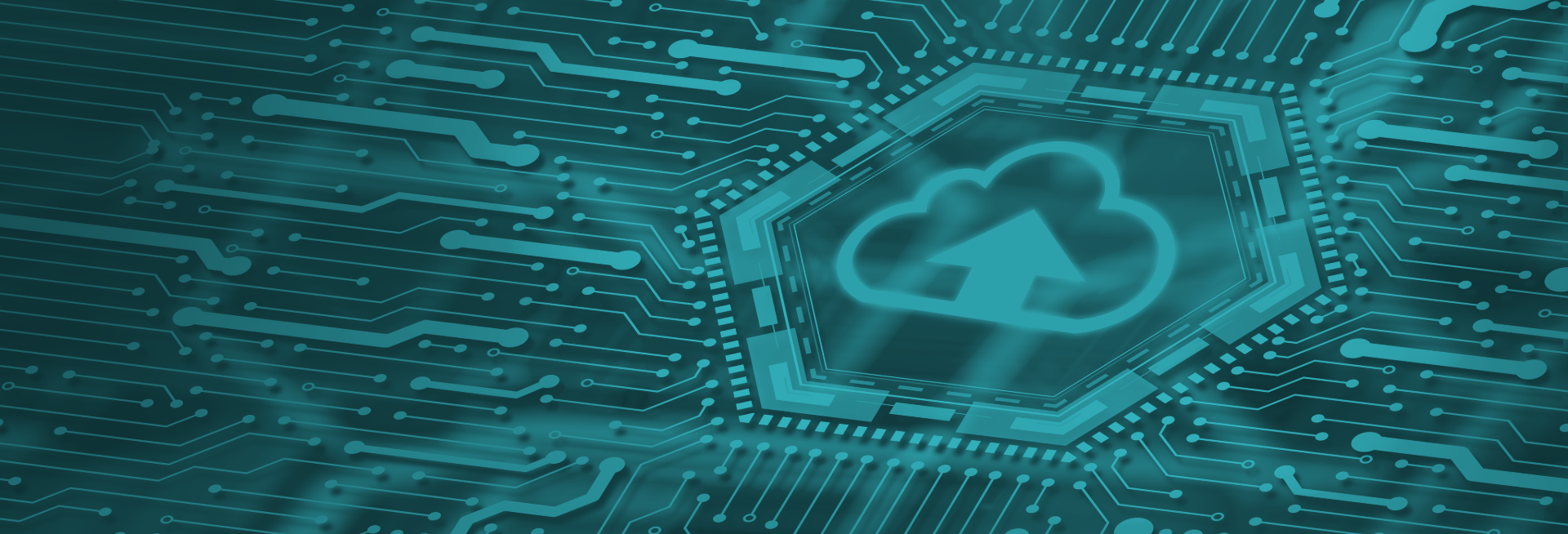
Today we explore the Top 10 Cloud Security Best Practices outlines essential recommendations for securing cloud environments, emphasizing that security is a shared responsibility. It details ten crucial practices, including strong identity and access management, data encryption, secure data storage and backup, and hardened network security.
We also stresses the importance of continuous monitoring and logging, a robust incident response plan, vetting third-party vendors, and ensuring regulatory compliance. Finally, we advocates for integrating security into DevOps and training employees on security awareness to mitigate risks and build resilient cloud ecosystems.
Please listen our Podcast about the top 10 cloud security best practices
Cloud Security FAQ
1. What is the “shared responsibility model” in cloud security, and what are some key responsibilities for cloud users?
The shared responsibility model in cloud security means that both the cloud provider and the cloud user have distinct security responsibilities. The provider is typically responsible for the security of the cloud infrastructure itself (e.g., physical security of data centers, network infrastructure, virtualization). Cloud users, on the other hand, are primarily responsible for the security in the cloud, which includes securing their data, applications, configurations, and user access. Key responsibilities for cloud users include implementing strong Identity and Access Management (IAM), encrypting data at rest and in transit, securing their data storage and backups, and configuring network security controls.
2. How does implementing strong Identity and Access Management (IAM) contribute to cloud security, and what are some recommended components?
Strong IAM is fundamental to cloud security as it controls who can access cloud resources and what actions they are authorized to perform. By properly managing identities and access, organizations can prevent unauthorized access, data breaches, and misconfigurations. Recommended components of strong IAM include Role-Based Access Control (RBAC) to assign permissions based on job functions, Multi-Factor Authentication (MFA) to add an extra layer of security beyond passwords, the Principle of Least Privilege to grant only necessary permissions, and regular access reviews to identify and revoke outdated or excessive permissions.
3. Why is encrypting data both at rest and in transit crucial for cloud security, and what methods are commonly used?
Encrypting data at rest and in transit is essential to protect sensitive information from unauthorized access. Encryption in transit, typically using protocols like TLS/SSL, secures data as it moves between users, applications, and cloud services, preventing eavesdropping and interception. Encryption at rest, using algorithms like AES-256, protects stored data in databases, storage buckets, and other locations, rendering it unreadable to unauthorized parties. Secure key management, including storing keys in dedicated services like AWS KMS or Azure Key Vault and rotating them periodically, is also critical for effective encryption.
4. What are the key considerations for securing data storage and ensuring its recoverability in the cloud?
Securing data storage in the cloud involves several important considerations. Data classification is crucial for applying appropriate security controls based on the sensitivity of the data. Implementing automated backups ensures data can be recovered in case of breaches, disasters, or accidental deletions, and testing the restoration process is vital to verify their effectiveness. Utilizing immutable storage options like AWS S3 Object Lock can prevent data tampering and ensure data integrity for compliance and archival purposes.
5. How can organizations enhance network security within their cloud environments?
Organizations can harden their cloud network security by implementing firewalls and security groups (e.g., Oracle Cloud, AWS Security Groups, Azure NSG) to control inbound and outbound traffic. Using private networks like Virtual Private Clouds (VPCs) or Virtual Networks (VNets) allows for the isolation of cloud resources, reducing their exposure to public internet threats. Deploying DDoS protection services helps mitigate distributed denial-of-service attacks that can disrupt the availability of cloud services.
6. Why is continuous monitoring and logging important in the cloud, and what tools and practices are involved?
Continuous monitoring and logging are critical for detecting and responding to security threats and operational issues in real time within cloud environments. Centralized logging, using services like Oracle Cloud, AWS CloudTrail, Azure Monitor, or Google Cloud Logging, allows for the tracking of user activity, API calls, and other events. Intrusion Detection Systems (IDS) can identify suspicious behavior, such as unusual login attempts or network traffic patterns. Integrating these logs and alerts with Security Information and Event Management (SIEM) tools like Splunk or IBM QRadar enables comprehensive analysis and correlation of security events.
7. What steps should organizations take to ensure the security of third-party vendors and services they utilize in the cloud?
Vetting third-party vendors and services is crucial to mitigate risks associated with external entities accessing or interacting with cloud environments and data. This involves conducting thorough vendor assessments to evaluate their security practices, such as reviewing their compliance certifications (e.g., SOC 2). Service Level Agreements (SLAs) should include clear security clauses, including data breach notification timelines and security responsibilities. Organizations should also pay attention to supply chain security by monitoring dependencies like open-source libraries for known vulnerabilities.
8. How can organizations integrate security into their software development lifecycle (DevSecOps) and foster a culture of security awareness among employees?
Integrating security into DevOps (DevSecOps) involves embedding security practices early and throughout the software development lifecycle. This includes using code scanning tools to detect vulnerabilities in code, scanning Infrastructure as Code (IaC) templates for misconfigurations, and automating security testing within CI/CD pipelines. Building a strong security awareness culture among employees is equally important. This can be achieved through regular phishing simulations to train employees to identify malicious emails, security workshops to educate teams on cloud-specific risks, and clear policies regarding data handling, password management, and incident reporting.















